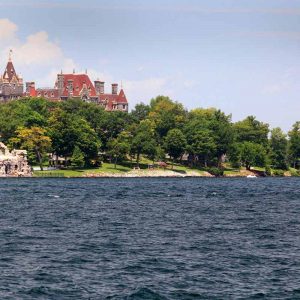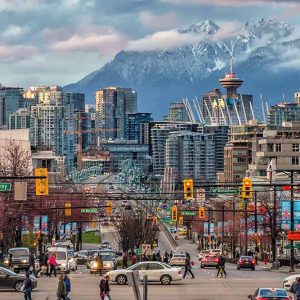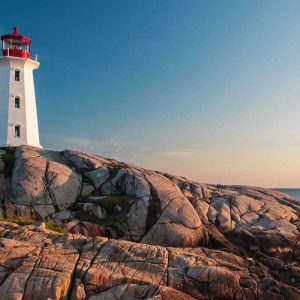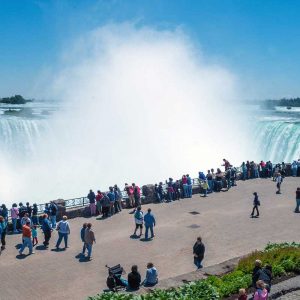Last Updated on March 29, 2025
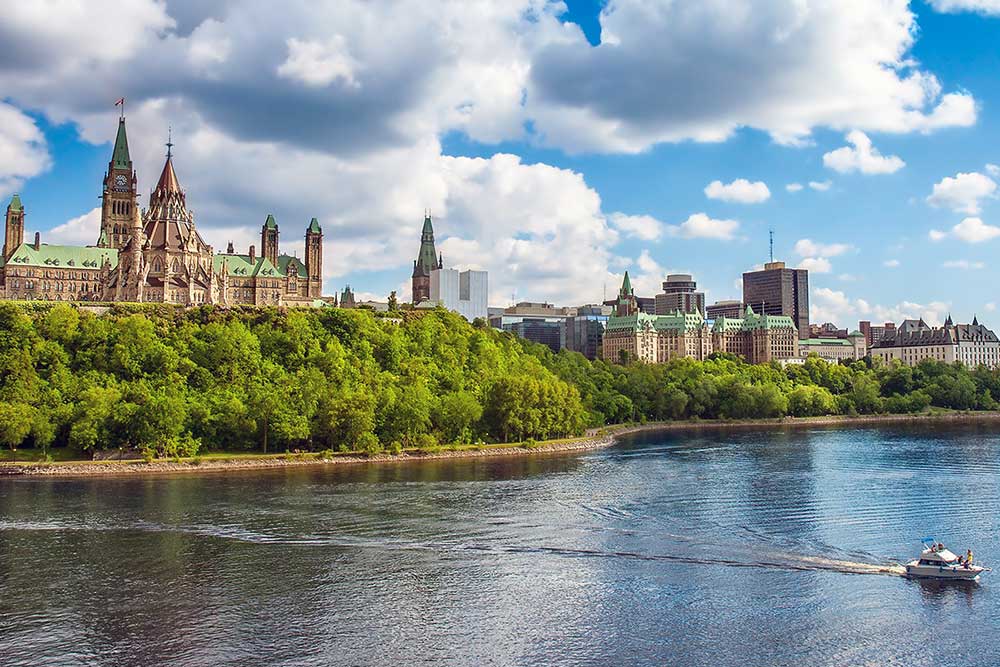
Ottawa, Canada, is a dynamic and inclusive city that provides a wide range of activities and experiences for both residents and visitors. Ottawa’s premier attractions showcase its deep historical roots, cultural inclusivity, arts and heritage, culinary pleasures, and breathtaking natural landscapes, rendering it an engaging destination suitable for various types of travelers.
In this article, we’ll highlight some of the top activities to check out in this vibrant and bustling city.
The U.S. News & World Report Travel Rankings
#7 in Best Family Vacations in Canada
Best Hotels in Ottawa
#1 Hilton Lac-Leamy
#2 Le Germain Hotel Ottawa
#3 Fairmont Chateau Laurier
Best Months to Visit
March to May
Find Flight Best and Lowest Deals
| QUICK LINKS | |
|---|---|
| What to Do in Ottawa? | 10 Fun Things to Do in Ottawa |
| Ottawa Travel Tips and Guides | More Facts About Ottawa |
What to Do in Ottawa?
Ottawa, the capital city of Canada, offers a diverse range of activities and attractions to explore. The city is renowned for its rich history, and one must visit Parliament Hill, the political heart of Canada, to witness the Changing of the Guard ceremony and explore the beautiful Gothic-style Parliament Buildings. Strolling through the historic ByWard Market district is a must for its lively atmosphere, boutique shops, and an array of restaurants serving delicious Canadian cuisine. For culture enthusiasts, the National Gallery of Canada and the Canadian Museum of History provide an opportunity to immerse in Canadian art, history, and culture. Don’t forget to take a peaceful walk or bike ride along the Rideau Canal, especially in the summer, when it transforms into a picturesque waterway.
For outdoor enthusiasts, Gatineau Park, just across the river in Quebec, offers hiking, cycling, and beautiful vistas, while Winterlude in February brings a winter wonderland with ice sculptures and skating on the frozen canal. Ottawa also hosts numerous festivals and events throughout the year, such as the Canadian Tulip Festival, which showcases breathtaking displays of tulips in the spring.
Ottawa has a diverse range of activities, from historical and cultural exploration to outdoor adventures and vibrant events, making it a dynamic and engaging city to visit.

Ottawa Travel Tips and Guides
Best Time to Visit
The best time to visit Ottawa is generally during the shoulder seasons:
Spring (March to May): The weather is pleasant, and you can witness the city bloom, especially during the Canadian Tulip Festival in May.
Summer (June to August): It’s the peak season with warm temperatures, perfect for outdoor activities and festivals like Canada Day and Ottawa Bluesfest.
Fall (September to November): Offers beautiful fall colors and comfortable weather, with fewer tourists and more affordable rates.
Winter (December to February): Ideal for winter sports enthusiasts, as the Rideau Canal becomes the world’s largest skating rink.
Each season offers something unique, so your choice would depend on the experiences you’re looking to have!
Ottawa Popular Events and Festivals
Ottawa is set to host a variety of events and festivals in 2024. Here are some highlights:
Ottawa Festivals: This organization is a hub for the city’s festival, special event, and fair industry, providing information on various events throughout the year.
Festival Franco-Ontarien: A vibrant festival celebrating Francophone music and culture with renowned artists and rising stars.
Ottawa Dragon Boat Festival: North America’s largest dragon boating festival, featuring free concerts, sports demos, and non-stop racing.
Ottawa Folk Festival (CityFolk): A multi-day celebration of music, dance, and community held at Lansdowne Park with an eclectic mix of performances.
For a comprehensive guide to concerts and festivals, including specific dates and details, you can refer to resources like the Ottawa Citizen’s concert and festival guide for 2024.
Remember to verify the details with the organizers as plans can change. Enjoy the festivities!
How to Get Around Ottawa
Getting around Ottawa is convenient with various transportation options available. Here’s a quick guide:
Public Transit: OC Transpo operates buses and the O-Train light rail system. You can purchase fares on the bus, at ticket machines, or at select locations.
Shared E-Scooters: Available from April to November, you can rent e-scooters via a smartphone app, with certain age and ride zone restrictions.
Taxi Services: Ottawa has several taxi companies, and you can book rides through apps, text, or online.
Ride-Sharing: Companies like Uber and Lyft operate in Ottawa, offering convenient travel options.
Boat: During warmer months, a water taxi service operates between major sites on the Ontario and Quebec sides of the Ottawa River.
Bike Rental: With an extensive network of cycling paths, renting a bike or e-bike is a great way to explore the city.
For more detailed information, including maps and schedules, you can visit the official Ottawa Tourism website or use their trip planning tools. Safe travels!
10 Fun Things to Do in Ottawa
Below will tell you more in details each on the list, so keep on reading.
1. Rideau Canal
The Rideau Canal is a historic waterway in Canada, located in the province of Ontario. It is often referred to as a masterpiece of engineering and a UNESCO World Heritage Site. This 202-kilometer-long canal connects the city of Ottawa, Canada’s capital, to Lake Ontario in Kingston. It was originally built in the early 19th century as a military defense route during the War of 1812 and later served as a vital transportation route for goods and passengers. The canal is a series of interconnected rivers, lakes, and locks, with picturesque sections that pass through the heart of Ottawa, including the famous Rideau Canal Skateway, the world’s largest naturally frozen ice rink in the winter. Today, the Rideau Canal is a popular destination for boating, kayaking, and leisurely walks along its scenic banks, offering a unique blend of history and natural beauty.
The Rideau Canal holds historical significance, as it stands as a testament to the engineering and construction efforts of the 19th century. It was constructed under the direction of Lieutenant Colonel John By and a team of skilled laborers and British and French Canadian soldiers. The canal was built to provide a secure and strategic route from the Great Lakes to the St. Lawrence River, bypassing the vulnerable and often contested Saint Lawrence River route. Over the years, it has evolved into a recreational and cultural hub, with numerous parks, historic sites, and museums lining its shores. The Rideau Canal is not only a symbol of Canada’s rich history but also a beloved recreational spot that allows visitors to enjoy its waters and scenic surroundings throughout the year.
2. ByWard Market
ByWard Market is a historic and vibrant district located in downtown Ottawa, Canada’s capital city. It’s one of the city’s most iconic and lively areas, known for its bustling atmosphere, rich cultural heritage, and a wide range of attractions. The market is home to an array of outdoor stalls, specialty food shops, boutiques, restaurants, and galleries. Visitors can explore the diverse culinary scene, from fresh produce stands to gourmet food stores, and enjoy international cuisine in the numerous restaurants. Beyond the food, the ByWard Market offers a lively nightlife, with various bars, pubs, and clubs, making it a popular destination for both tourists and locals alike. The area is also host to a variety of events, including art exhibitions, street performances, and seasonal celebrations.
Historically, the ByWard Market dates back to 1826 when Lieutenant Colonel John By, who oversaw the construction of the Rideau Canal, designated the land for this bustling marketplace. Today, it has evolved into a dynamic and cultural hub where visitors can find everything from handmade crafts and unique gifts to farm-fresh products. Additionally, the ByWard Market is situated near several significant landmarks, such as the National Gallery of Canada and the Notre-Dame Cathedral Basilica, making it an excellent starting point for exploring the city’s historic and cultural sites. Whether you’re looking for a taste of local cuisine, shopping for souvenirs, or simply soaking up the lively atmosphere, the ByWard Market is a must-visit destination for anyone exploring Ottawa.
3. Canadian War Museum
The Canadian War Museum, located in Ottawa, Ontario, is a renowned institution dedicated to preserving and showcasing Canada’s military history. It is a significant landmark for those interested in the country’s military heritage and the impact of war on its society. The museum’s collection spans from early conflicts, such as the colonial era and the War of 1812, to modern-day missions like Canada’s involvement in Afghanistan. The museum’s galleries feature a vast array of artifacts, including weaponry, uniforms, vehicles, and personal stories from veterans, which collectively provide visitors with a comprehensive understanding of Canada’s military past.
The museum’s striking architecture, with its large glass windows and copper cladding, is itself a notable aspect of the experience. Inside, visitors can explore various exhibits that cover not only the military history but also the human stories, experiences, and sacrifices that have shaped Canada’s identity in times of war. From World War I and World War II to peacekeeping missions and the home front, the Canadian War Museum offers an immersive and educational journey through the nation’s military history, making it a must-visit destination for those interested in Canada’s role in global conflicts.
4. Parliament Hill
Parliament Hill, located in Ottawa, Canada, is an iconic and historically significant site that serves as the heart of the country’s political and governmental activities. The hill is home to the striking Parliament Buildings, which include the Centre Block, East Block, and West Block. The Centre Block, in particular, houses the two houses of Canada’s federal Parliament: the House of Commons and the Senate. These buildings are renowned for their stunning Gothic Revival architecture, with the Peace Tower rising prominently in the center. The Peace Tower features a carillon of 53 bells that ring out, and it serves as a symbol of peace and unity.
Parliament Hill is not only a hub of political activity but also a popular tourist destination. It offers captivating tours of the Parliament Buildings, where visitors can learn about Canada’s history, politics, and the workings of its government. The site is often used for national celebrations, including Canada Day on July 1st, where a multitude of Canadians gather to celebrate their country’s independence. The surrounding area features beautiful gardens, statues, and a scenic view of the Ottawa River, making it a picturesque location that symbolizes Canada’s rich heritage and its democratic institutions.
5. National Gallery of Canada
The National Gallery of Canada, located in Ottawa, is one of the country’s premier cultural institutions. It houses an extensive and diverse collection of Canadian and international art, making it a significant center for the promotion and appreciation of visual arts. The gallery’s history dates back to its establishment in 1880, and it moved to its current building, a striking glass-and-granite structure designed by architect Moshe Safdie, in 1988.
The National Gallery’s collection features a broad spectrum of artworks, including paintings, sculptures, photographs, and decorative arts. It is renowned for its Canadian art collection, which includes works by iconic artists like Tom Thomson, Emily Carr, and the Group of Seven. In addition to its Canadian collection, the gallery boasts an impressive array of European, Indigenous, Asian, and contemporary art. The institution regularly hosts exhibitions that showcase both its own collection and traveling displays, offering visitors a rich cultural experience and the opportunity to explore various artistic traditions. The National Gallery of Canada is not only a hub for art enthusiasts but also a place where the cultural heritage of Canada and the world can be appreciated and celebrated.
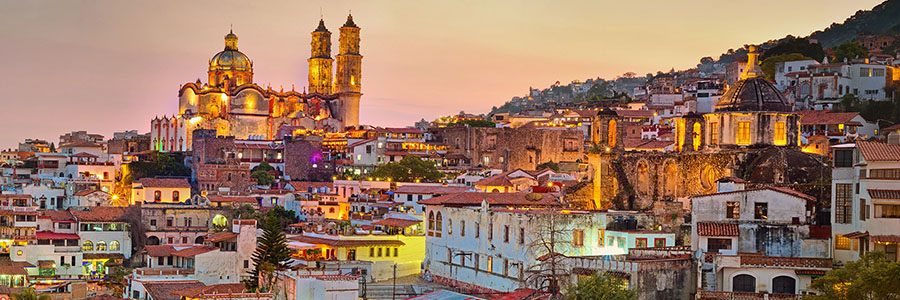
6. Gatineau Park
Gatineau Park is a beautiful natural oasis located in the province of Quebec, Canada, just across the Ottawa River from the nation’s capital, Ottawa. Covering an expansive area of over 360 square kilometers, the park is known for its stunning natural beauty and outdoor recreational opportunities. It offers a wide range of activities such as hiking, cycling, cross-country skiing, and picnicking, making it a popular destination for nature enthusiasts and outdoor adventurers. The park is home to diverse ecosystems, including lush forests, pristine lakes, and rugged hills, providing visitors with a chance to experience the region’s unique natural landscapes. Gatineau Park also features several noteworthy attractions, such as the Champlain Lookout, Pink Lake, and the Mackenzie King Estate, which add to its appeal and cultural significance.
Moreover, Gatineau Park serves as an important conservation area, protecting the local flora and fauna, and it’s a key site for birdwatching and wildlife observation. The park is easily accessible year-round, offering a diverse range of activities for visitors to enjoy in every season. Whether you’re seeking a peaceful escape into nature, a scenic drive, or a day of outdoor adventure, Gatineau Park provides an excellent opportunity to explore the great outdoors while being conveniently close to the urban centers of Ottawa and Gatineau.
7. Canadian Museum of Nature
The Canadian Museum of Nature, located in Ottawa, is a renowned institution that celebrates the country’s rich natural heritage. Established in 1856, it’s one of Canada’s oldest museums and offers a captivating journey through the nation’s diverse ecosystems and biological wonders. The museum’s vast collection includes over 14 million specimens, ranging from minerals and fossils to plants, animals, and more. Visitors can explore its impressive galleries that showcase the geological history of Canada, the evolution of life on Earth, and the country’s unique biodiversity. One of its standout attractions is the iconic “Blue Whale” exhibit, which features a life-sized blue whale skeleton and offers an immersive experience into the world of marine biology.
The Canadian Museum of Nature not only educates and inspires visitors but also plays a crucial role in scientific research and conservation efforts. It regularly hosts special exhibitions, educational programs, and events that engage people of all ages in the wonder of the natural world. The museum’s architectural design is a spectacle in itself, with its historic castle-like structure and modern glass-walled galleries. Whether you’re interested in paleontology, botany, or simply want to learn more about Canada’s breathtaking landscapes and wildlife, the Canadian Museum of Nature is a must-visit destination that celebrates the country’s natural beauty and scientific achievements.
8. Canada Aviation and Space Museum
The Canada Aviation and Space Museum, located in Ottawa, Ontario, is one of the world’s largest aviation and aerospace museums. It showcases the rich history of Canadian aviation and space exploration, with a vast collection of aircraft, artifacts, and interactive exhibits. The museum’s impressive collection includes over 130 aircraft, ranging from historic biplanes to modern fighter jets and space-related artifacts like the Canadarm, which was used on NASA’s Space Shuttle program.
Visitors to the museum can explore the evolution of aviation in Canada and the contributions of Canadian aviators and engineers to the field. The museum also offers interactive displays and simulations, making it an engaging and educational experience for people of all ages. In addition to the extensive indoor exhibits, there are outdoor displays featuring even more aircraft and artifacts. The Canada Aviation and Space Museum is a must-visit destination for anyone interested in the history of flight and Canada’s role in aviation and space exploration.
9. Notre-Dame Cathedral Basilica
The Notre-Dame Cathedral Basilica, located in Ottawa, Canada, is a stunning example of Gothic Revival architecture and serves as the primary cathedral of the Archdiocese of Ottawa. The basilica is an iconic landmark in the city and is known for its breathtaking architecture, intricate stained glass windows, and rich history. It was designed by Thomas Fuller, a prominent Canadian architect, and construction began in 1841, with its completion taking several decades.
The cathedral is renowned for its striking exterior, characterized by its twin spires and intricate stonework. Inside, visitors can admire the ornate and colorful stained glass windows that depict biblical scenes and saints, as well as the intricately carved wooden statues and altars. The Notre-Dame Cathedral Basilica is not only a place of worship but also a significant cultural and historical site in Ottawa, drawing visitors from around the world who come to appreciate its architectural beauty and religious significance. Whether you’re interested in history, architecture, or religious heritage, a visit to this stunning basilica is a must when in Ottawa.
10. Bytown Museum
The Bytown Museum is a historical museum located in Ottawa, Ontario, Canada. It is situated at the entrance of the Rideau Canal, which is a UNESCO World Heritage Site, and it occupies one of Ottawa’s oldest stone buildings. The museum is dedicated to preserving and sharing the history of Ottawa and the surrounding region.
Incorporating artifacts, photographs, and interactive exhibits, the Bytown Museum offers visitors a glimpse into the city’s past, particularly its early years when it was known as Bytown. Bytown was a bustling lumber town in the 19th century, and the museum’s exhibits showcase the development of the area, the construction of the Rideau Canal, and the evolution of Ottawa into the capital of Canada. The museum also hosts special exhibitions and educational programs, making it a valuable resource for those interested in the history of Ottawa and its pivotal role in the nation’s history.
The Bytown Museum is a great place to explore Ottawa’s roots and learn about the historical events and figures that shaped the city into what it is today. Whether you’re a history buff or just curious about the past, the museum offers a fascinating window into the history of Canada’s capital city.
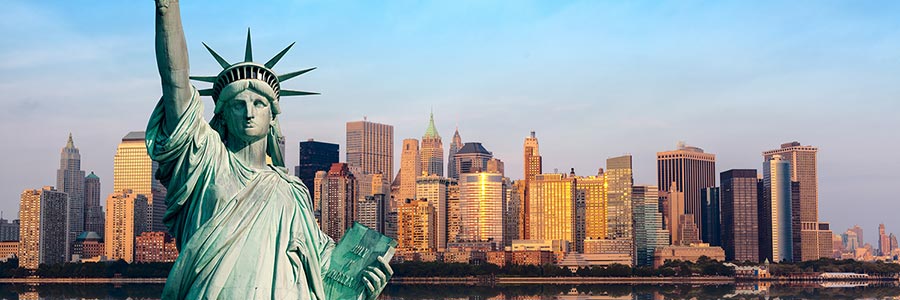
More Facts About Ottawa
What Time is It in Ottawa
Ottawa, city, is generally in the Eastern Time Zone (ET) when observing standard time. However, during Daylight Saving Time (DST), Ottawa follows Eastern Daylight Time (EDT), which is UTC-4. To know the current time in Ottawa, you should consider whether Daylight Saving Time is in effect or not, as it typically changes between the second Sunday in March and the first Sunday in November.
How Old is Ottawa
Ottawa, the capital city of Canada, was officially incorporated as a city on January 1, 1855. As of the current date, which is October 23, 2023, Ottawa is 168 years old.
How Long is the Flight from Toronto to Ottawa
The travel times from Toronto to Ottawa can vary depending on the mode of transportation you choose. Here are the approximate travel times for each option:
- Airplane: Flights between Toronto Pearson International Airport (YYZ) and Ottawa Macdonald-Cartier International Airport (YOW) are the quickest way to travel between the two cities. The flight duration is typically around 1 hour, not including the time required for check-in and security at the airports.
- Car: The distance between Toronto and Ottawa by car is approximately 450 kilometers (280 miles). The travel time by car depends on factors like traffic and road conditions, but it typically takes around 4.5 to 5.5 hours to drive between the two cities.
- Bus: Bus travel from Toronto to Ottawa can take around 4.5 to 6.5 hours, depending on the bus route, stops, and traffic. Several bus companies offer this service, including Greyhound and Megabus.
- Train: VIA Rail offers train service between Toronto and Ottawa. The train journey takes approximately 4 to 4.5 hours, making it one of the fastest and most comfortable ways to travel between the two cities.
It’s important to check schedules, prices, and other factors to decide which mode of transportation best suits your needs for the Toronto to Montreal journey.
How Many People Live in Ottawa
As of September 2021 last update, Ottawa, the capital city of Canada, had a population of roughly 1.4 million residents in the Greater Ottawa-Gatineau area. According to the 2023 mid-year estimates, Ottawa’s population is expected to be around 1,077,900. The city is geographically divided into 23 wards and 19 sub-areas. Ottawa boasts a population density of 2,000 individuals per square kilometer. The predominant ethnic groups in the city are of European descent, and English is the most commonly spoken language.
How Big is Ottawa
Ottawa city, covers an area of approximately 2,796 square kilometers (1,079 square miles). Ottawa is located in eastern Ontario and is the fourth largest city in Canada and the second largest in Ontario by land area.
What is the Temperature in Ottawa
The yearly temperature in Ottawa, Canada, typically follows a seasonal pattern. Summers are warm, with average high temperatures ranging from 25 to 30 degrees Celsius (77 to 86 degrees Fahrenheit). Winters are cold, with average lows around -15 to -20 degrees Celsius (5 to -4 degrees Fahrenheit). Spring and autumn offer milder temperatures. It’s important to note that these are general averages, and temperatures can vary from year to year.
Statistics and Information Sources:
- The U.S. News Travel Guide – Ottawa, Canada
- Link: https://travel.usnews.com/Ottawa_Canada/



